Champagne Devaux: Seriously Good Wines
by Ken Gargett
Many years ago, back in the days when I was a full-time lawyer and assumed I always would be, I entered what was known in Australia at the time, as the annual Vin de Champagne awards. The reason I did so was simply because I was keen to improve my knowledge of champagne, and this seemed a good way.
To be perfectly honest, I had completely forgotten I had done so when a few months later I received the oddest phone call about coming to Sydney for an interview. I assumed that this was for a position with a law firm, but the woman on the end of the phone kept talking about champagne. I thought she was a bit mad and I think she thought the same about me. Finally, the penny dropped. I was a state finalist.
Now, I would love to relate to you a movie style fairy tale and tell you I won the whole thing, but I didn’t. In truth, I made a complete hash of the thing. But it did fire an interest and I entered again the following year. Again, I did not win, but I didn’t embarrass myself quite so much. Finally, somehow, I did manage to get across the line.
In those days, the contest was divided into Professionals and Amateurs (I was very much the latter), but the prize was the same for both of us – a couple of weeks in Champagne visiting the Houses. It was a truly extraordinary and life-changing experience (I have little doubt that I would never have made the transition to wine and spirit writing had I not won the thing – it was instant credibility).
Forgive all the personal ramblings, but they do have a point. Back then, the local Champagne Information Centre and the CIVC (the Comité Interprofessionnel du vin de Champagne, which basically controls production, distribution, promotion and protection of champagne), organized the tour. One went where one was told (mind you, there were no bad options here).
————————————————————————————
————————————————————————————
Quite independently, both the Professional winner and I decided we’d like a say, and we submitted lists of options and preferred houses and destinations. Although this was done independently, it turned out our lists were almost identical. And the CIVC was more than happy to accommodate us.
One suggestion we both made was a desire to visit the Aube, the Cote des Bar – regions of Champagne that have always flown under the radar and which had never been part of previous winners’ tours.
I can remember the day quite clearly, as though it was yesterday (well, perhaps last week). We were allocated an employee of the CIVC to look after us for the trip (he is still a good friend, many years later) and driving with him was always an experience where one felt one was taking one’s life in one’s hands.
We had an early departure and as we flew along the country roads, suddenly we swerved off and skidded across the gravel on the side of the road, into a field. Guillame, our host, leapt out of the car, raced to the boot and flung it open. A wail of anguish followed, while the pair of us sat frozen in the car, no idea what had happened.
Seems that Guillame had seen a flock of partridge or pigeons or grouse or whatever it is they hunt in France. He’d leapt out to grab his shotgun but (fortunately) had forgotten to pack it. The birds flew off to whatever forest in which they normally hid.
We continued on a day of such perfect weather (coming from a Queenslander, there is no higher compliment) that I still remember it today. The most vivid blue skies. All of a sudden, we turned off to visit a local (still wine) Rose producer, in the appellation of Rose des Riceys.
The wines are 100% Pinot Noir, and they were allegedly a favorite of Louis XIV. It is said that even in a top year, the entire production of Rose des Riceys is no more than 50,000 bottles for the entire appellation. Not much for the planet.
We were horrified. This was not part of the plan. This was not champagne. We were keen to skip this and visit yet another house. And what a mistake that would have been. We visited a small producer where a wonderful old winemaker and his daughter hosted us.
The visit was so riveting that when it came time to leave, neither of us wanted to. More on this below.
————————————————————————————
————————————————————————————
Next stop was the house of Devaux, a producer of which neither of us were familiar. I remember that our hosts were a bit nonplussed, as they had just returned from Australia, where they had finalized their joint venture with Yarrabank and Yering Station – not that they could say much as it was not yet public – and were rather stunned to discover that the history of Yering Station went back to 1838, making the place older than Devaux. It was unexpected, to say the least.
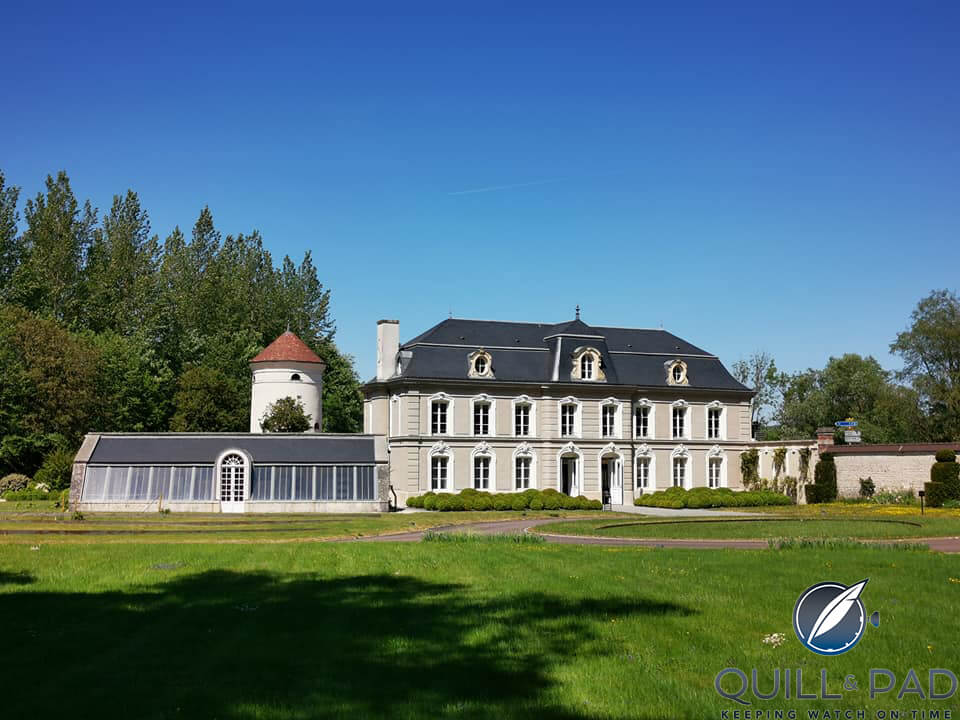
Champagne Devaux chateau
Later that day, we visited another of the region’s leading producers, Drappier. It was a thoroughly impressive day all around, even if Guillame did nearly kill us on the return journey, turning across an oncoming truck at high speed.
One of the benefits of the visit to Devaux was that, having seen the quality of what was effectively an unknown house in Australia in those days, I’d often pick up cases at local auctions for peanuts. Sadly, those days are long gone.
Recently, we had Jean Noel Girard from Champagne Devaux in town and an opportunity to catch up and see the current wines.
But first, the Cote des Bar, the leading viticultural district of the Aube. The details are from Peter Liem’s wonderful ‘Champagne’. The region sits around 110 kilometers south of Epernay. There are 7,778 hectares (other sources suggest that recent plantings have seen that climb over 8,000) and 63 villages here.
The soil here is very much the same as we see in Chablis, Kimmeridgian marl, but whereas Chablis is all Chardonnay, the Cote des Bar is 86% Pinot Noir, 4% Meunier and just 10% Chardonnay.
Why would Chablis go all in for Chardonnay and the Cote des Bar be very much Pinot dominant, despite their proximity and identical soils? Liem suggests that Michel Drappier has the answer, and it comes down to a Cistercian abbot, Bernard of Clairvaux.
Bernard was known for preaching the Second Crusade but was also the man who founded the local monastery in the 12th century. Bernard was keen to supply the kings of France with wine and brought with him Morillon Noir, an ancestor of Pinot Noir. And so, Pinot still dominates today.
————————————————————————————
————————————————————————————
Devaux commenced back in 1846. Claude-Joseph Devaux had been widowed in 1843 (yes, notwithstanding the name, another of the champagne widows). Her House was based in Epernay. Her son passed in 1879, leaving the next of the Devaux widows, Augusta-Maria Herbin, in charge. The passing of her son in turn, some years later in 1907, saw the third of the widows, Margueritte Marie-Louise take over at just 31 years of age.
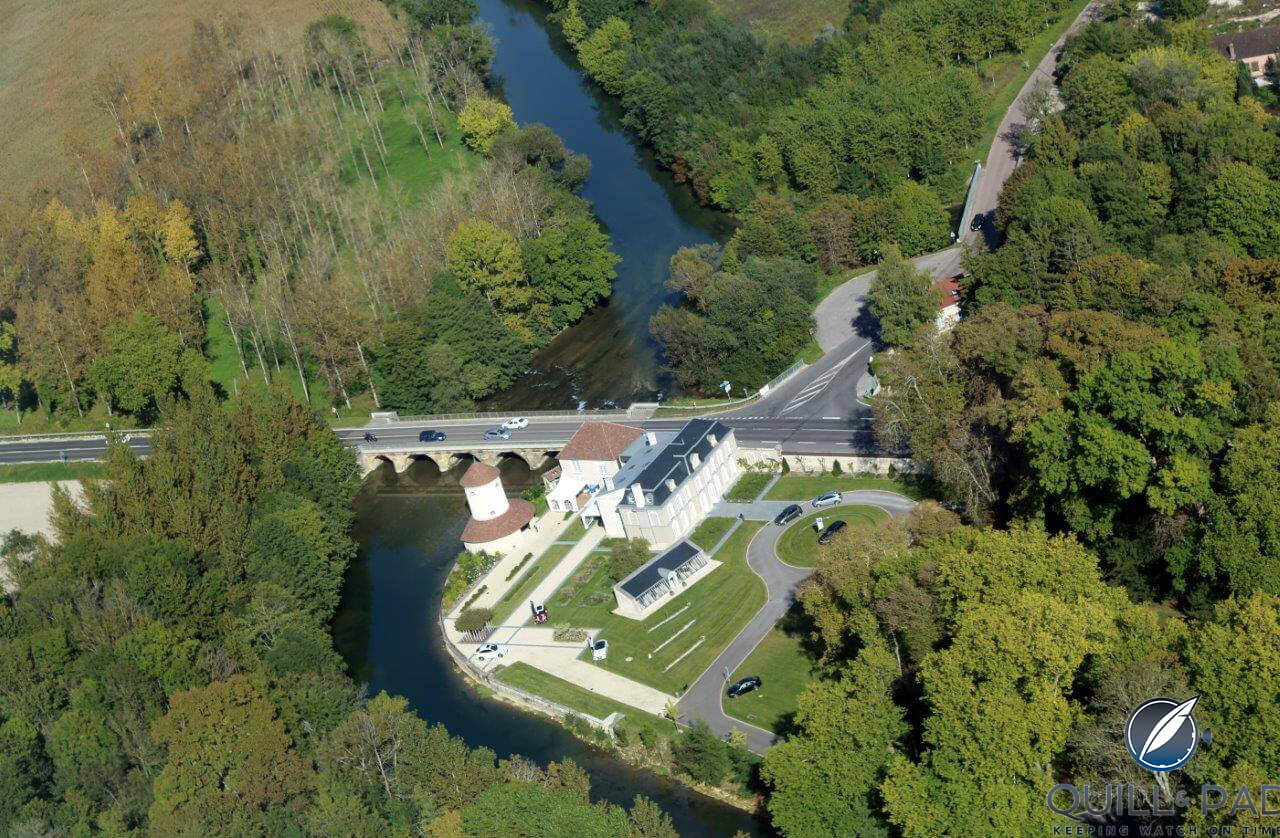
Champagne Devaux
Marie-Louise ran the company until 1951. There was then some corporate movement and the involvement of the local cooperatives, but the latest incarnation basically saw some eleven cooperatives merge in 1967. Today, they have more than 800 growers in the fold, providing them with 1,400 hectares of vineyards in the Cote des Bar.
It is worth noting that those growers who provide the fruit for their top cuvees receive a premium of apparently 40% for their grapes – a fine incentive for quality. As Richard Juhlin says, they are the leading producer in the Aube. He is a big fan of their wines, especially the Stenope. And so am I.
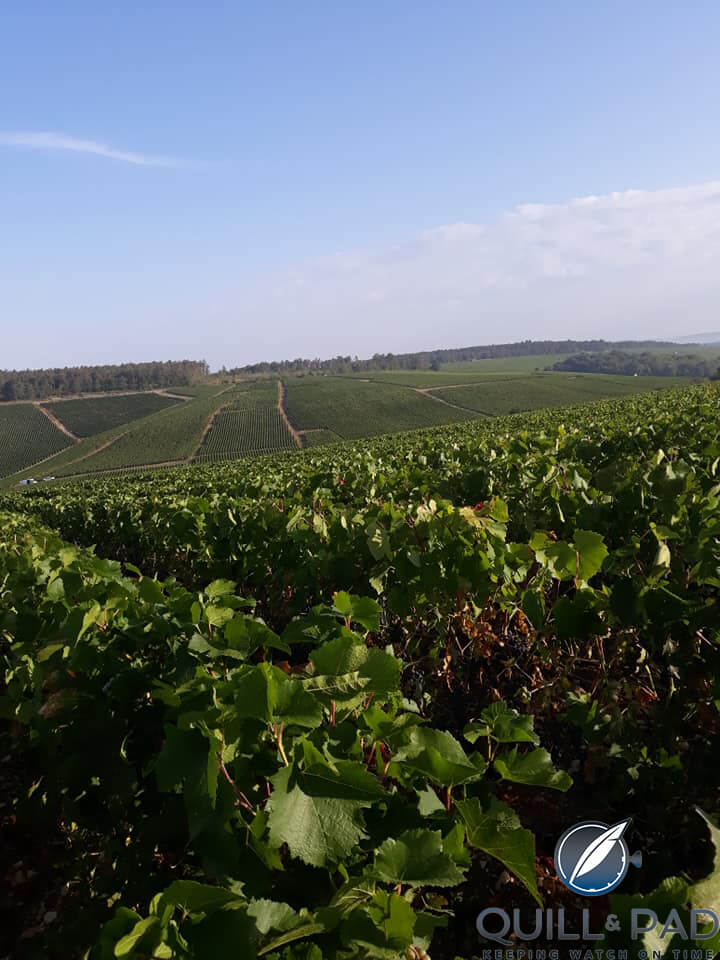
Champagne Devaux vineyards
Of the 1,400 hectares, around 100 are allocated to the production of Devaux, which makes around 650,000 bottles annually. Chef de Cave is Michel Parisot, while work was recognised in 2020 when he won best sparkling winemaker of the year at the International Wine Challenge. The House likes to divide Devaux from other operations of the Union Auboise, so we shall do so as well.
————————————————————————————
————————————————————————————
The champagnes are certainly so far above what the group approach might offer that they are unrecognizable. These are wines of serious quality. The team focuses on first press juice and they do look to a partial fermentation in oak, if appropriate.
The blends are not predetermined and the non-vintage wines see a high proportion of reserve wines. The majority of the reserve wines are aged in oak vats (think Roederer) while they also incorporate the solera process. Time on lees far outstrips many of their competitors.
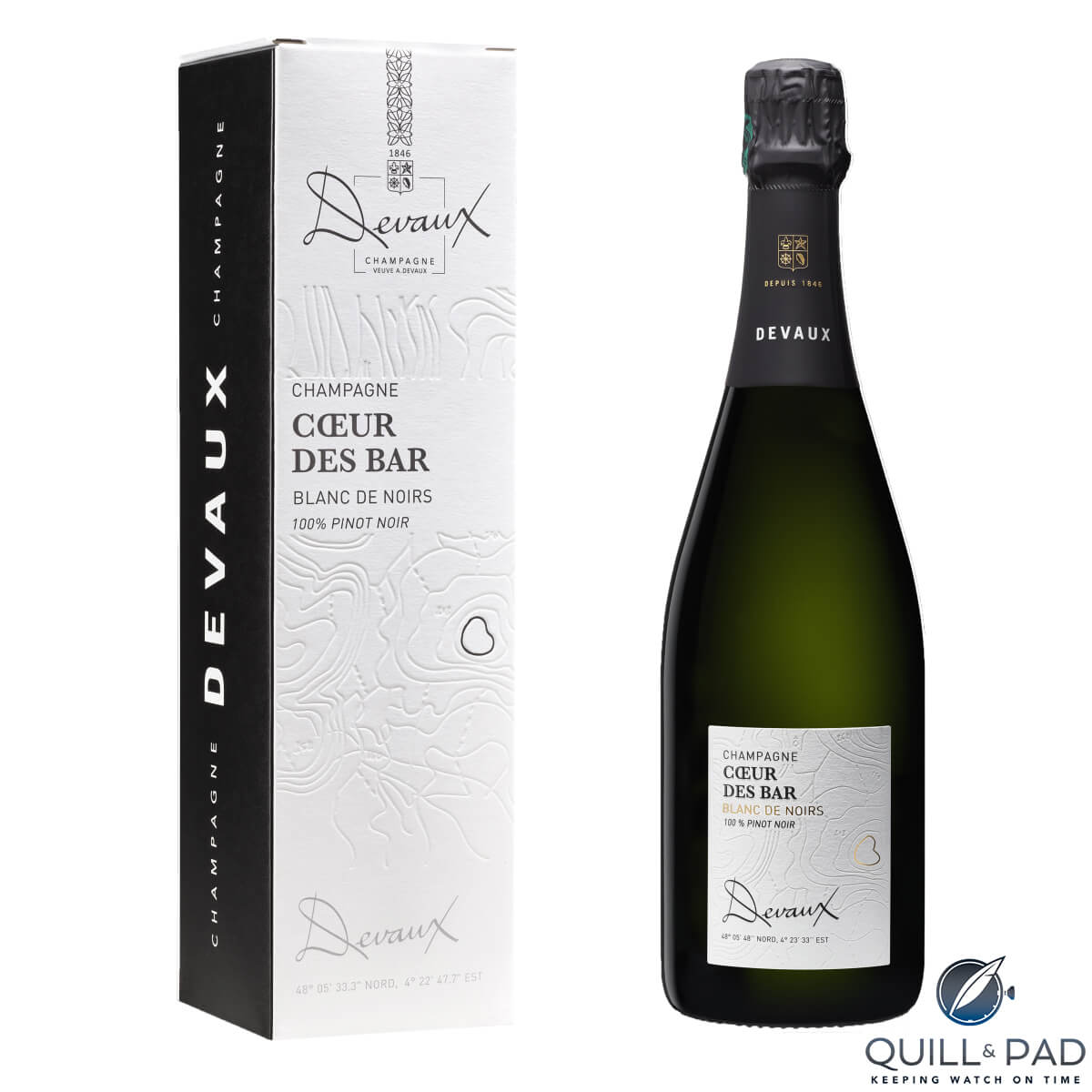
Champagne Devaux Coeur de Bar Blanc de Noirs
Coeur de Bar Blanc de Noirs NV ($90) – Four years on lees and first pressing juice only for this stylish Blanc de Noirs. Ripe with broad flavors, notes of raspberries, white chocolate and a hint of orange rind. Soft texture, the wine sees full malo, has 25% reserve wine included and the base is from 2019. A creamy texture. The finish, for me, is still coming together but should do so in the next 12 months. 91.
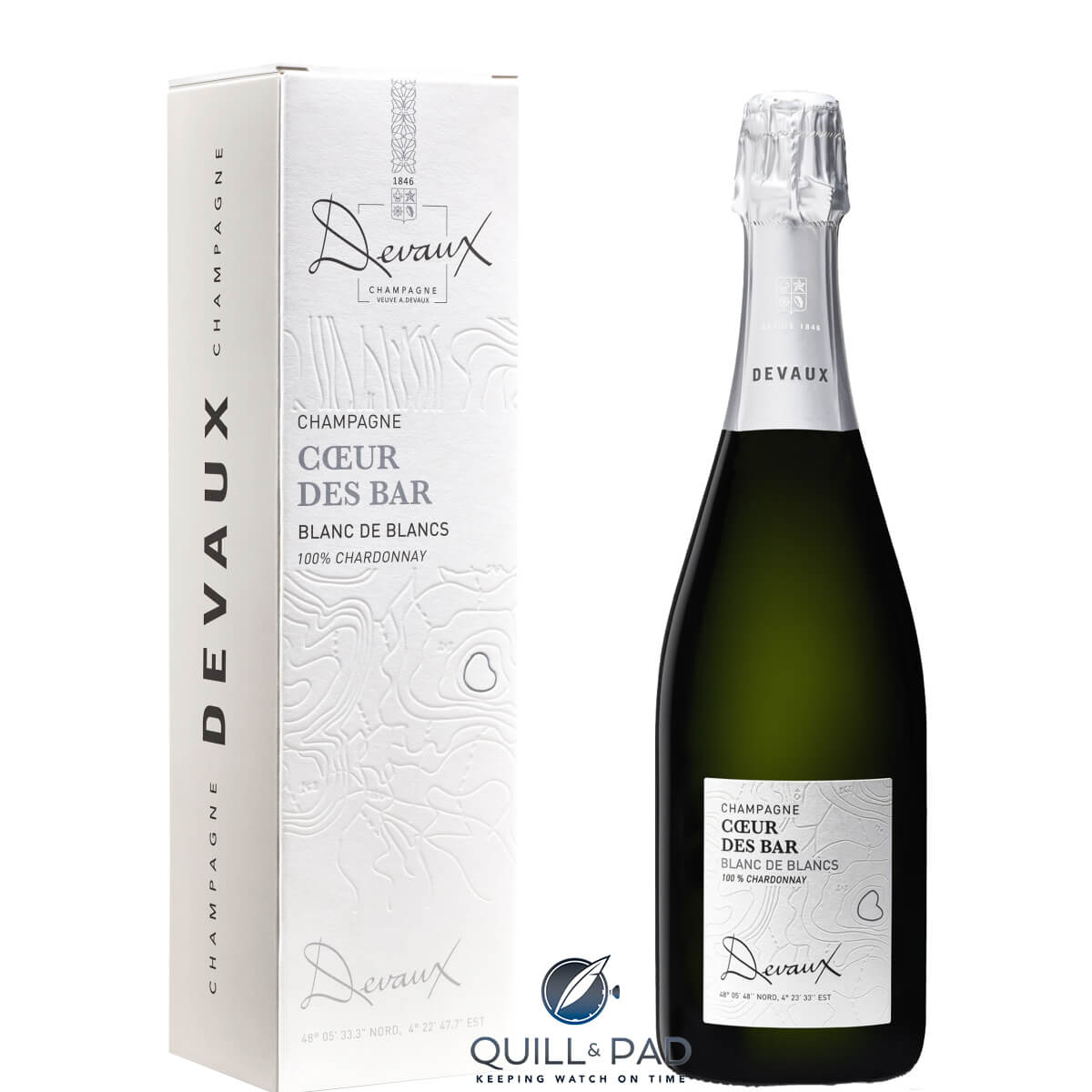
Champagne Devaux Coeur de Bar Blanc de Blancs
Coeur de Bar Blanc de Blancs NV ($110) – Again, first pressing juice with 25% reserve wine, the base also being from 2019. There is no oak used here. A champagne of elegance, freshness and minerality. Good balance throughout and a lingering finish. Notes of lemons and grapefruits, with florals. Laser-like focus. A champagne which gives great pleasure now and will surely do so for the next five to ten years. A very good blanc des blancs. 93.
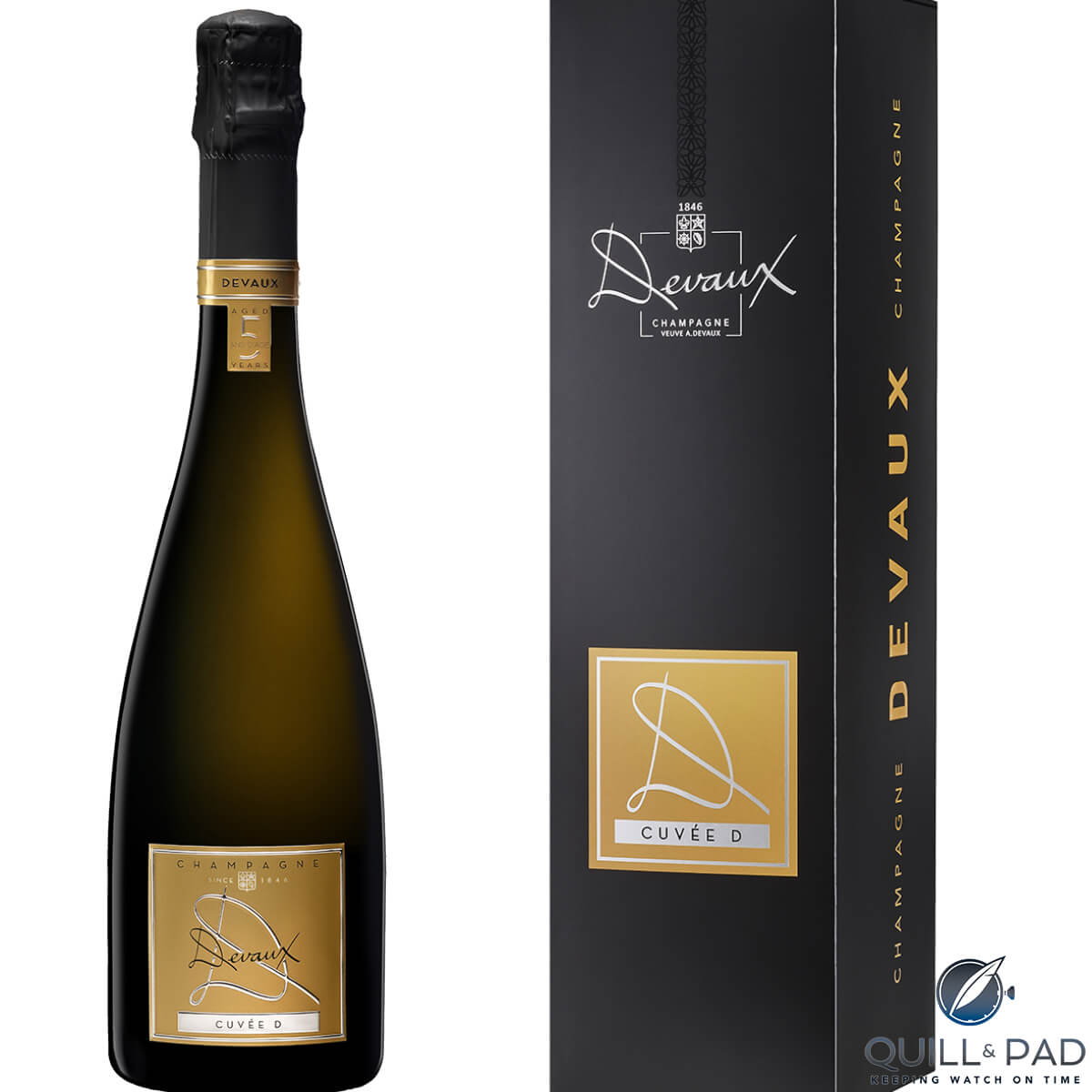
Champagne Devaux Cuvée D
Cuvee D NV ($100) – This wine will have spent at least five years on lees, the current release is based on 2013, with 40% reserve. The reserve material comes from their solera system (one of which has Chardonnay back to 1995). 10% oak fermentation. The blend is 60% Pinot Noir and 40% Chardonnay. There is a minerally backing with notes of grapefruits and florals, a touch of hazelnuts. Lovely alluring texture ad good complexity. Has years in front of it. 93.
————————————————————————————
————————————————————————————
D Millésimé 2012 ($160) – From the super 2012 vintage, this sees no oak, is an equal split between Chardonnay and Pinot Noir, and sees a minimum of eight years on lees. 25% of the wine avoids malolactic fermentation.
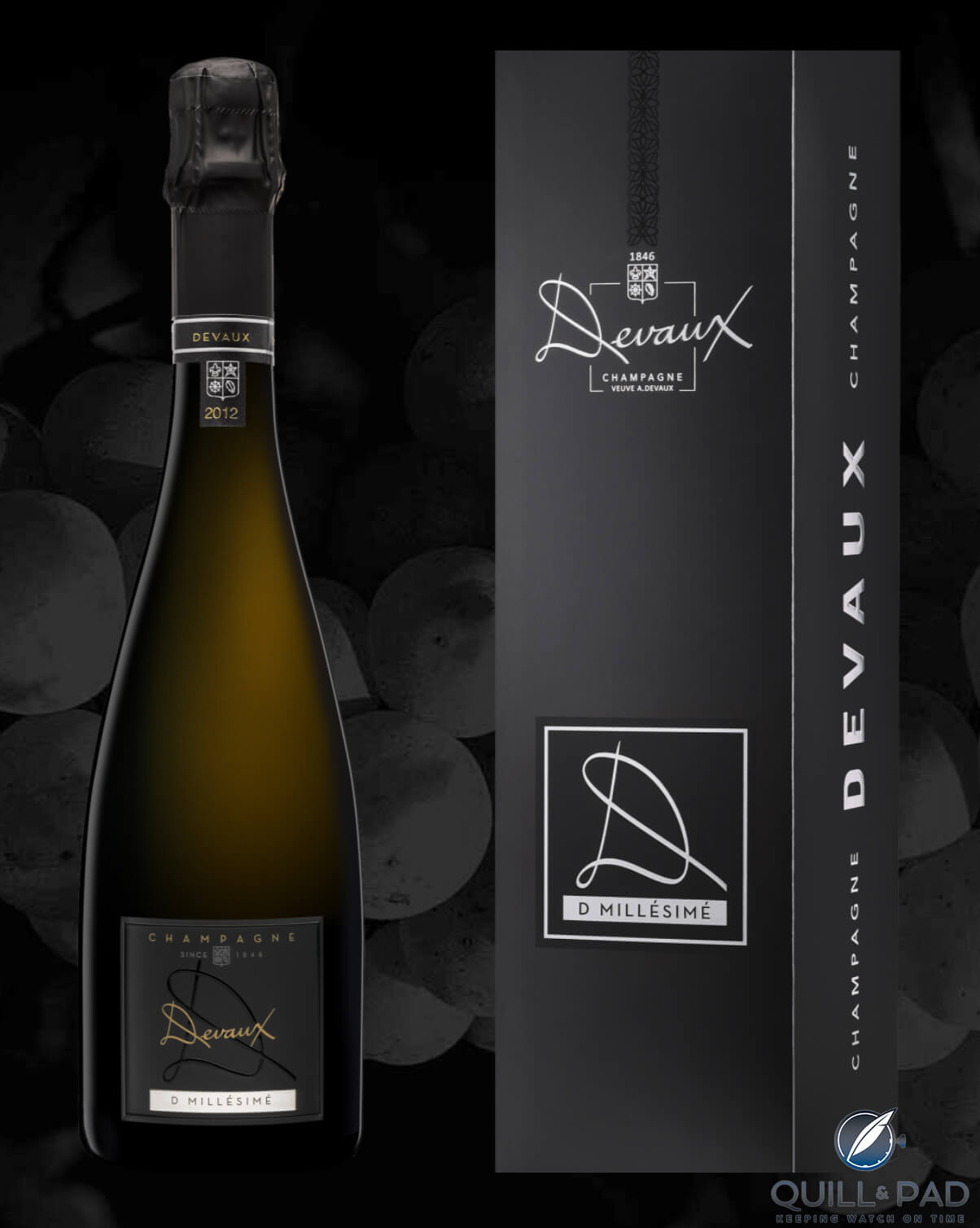
Champagne Devaux D Millésimé 2012
The grapes come from parcels in vineyards at Chouilly and Montgueux. One parcel was planted as far back as 1911, very rare in Champagne.
Great intensity here, an appealing texture, soft clean and fresh. Good acidity running the length. There is complexity and concentration. A hint of honey at the finish. Expect this to provide pleasure for at least another decade. 94.
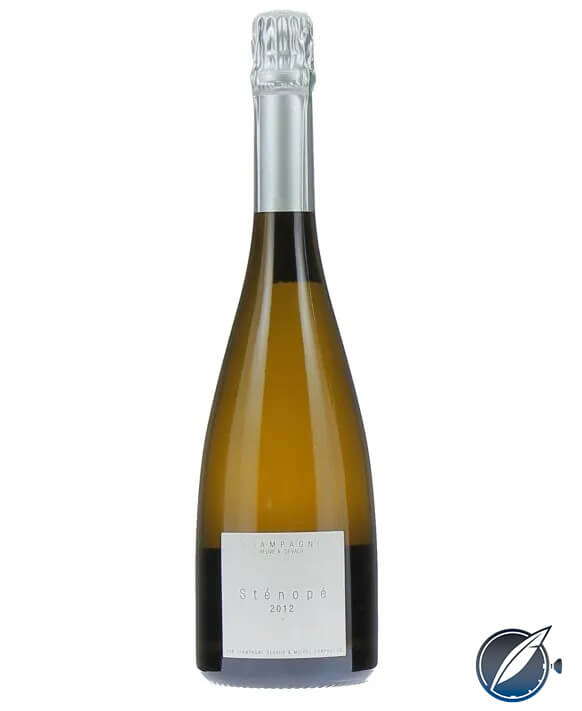
Champagne Devaux Stenope 2012
Stenope 2012 ($300) – This champagne is a collaboration between Devaux and Michel Chapoutier, a famous Rhone winemaker, from a vineyard they purchased together. The first release was 2008 – the plan is to release the wine every year. This will allow it to reflect the vintage conditions, no matter how good or poor they are.
Fortunately, the conditions in 2012 were very good indeed. 100% barrel fermentation, no malolactic at all, a minimum of ten years on lees and a 50/50 split between Pinot Noir and Chardonnay. Magnums are kept on lees for an extra two years.
Great intensity and complexity here. Excellent length and serious depth of flavor. There are notes of hazelnuts and a hint of plums and stonefruit. This is a cracking champagne which is superb drinking now but still has many years ahead. 96.
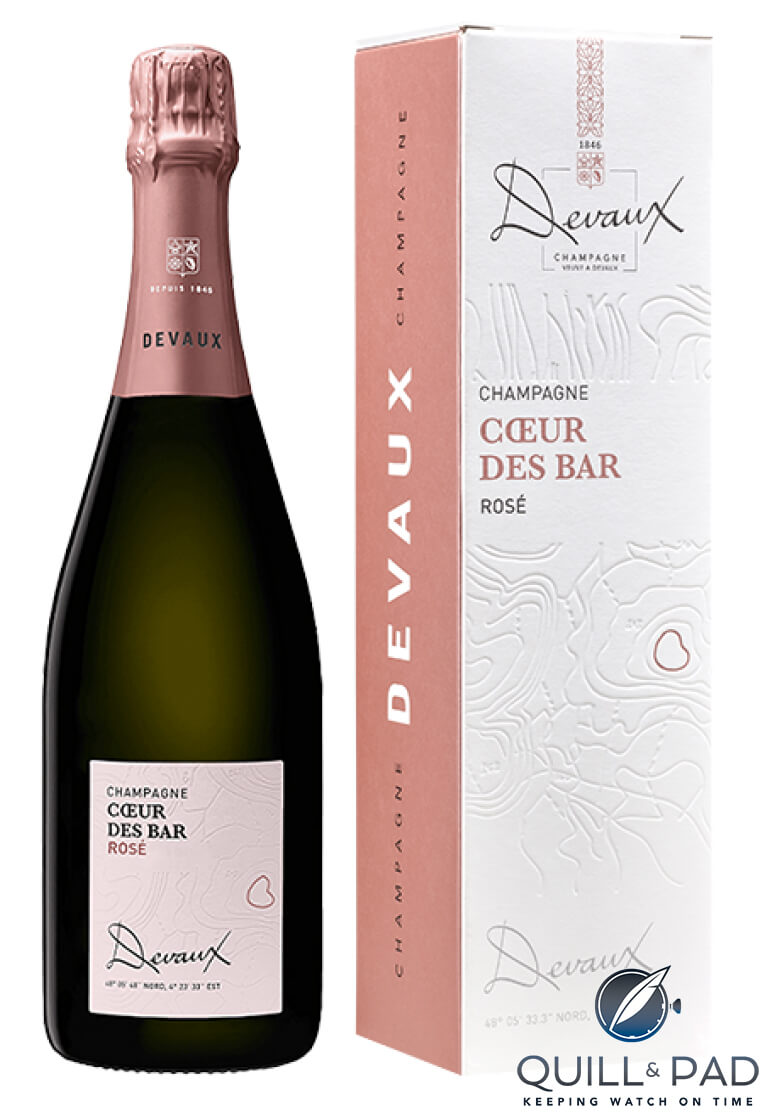
Champagne Devaux Coeur de Bar Rosé
Coeur de Bar Rose NV ($120) – This Rose has 2018 as its base wine. Again, first pressing only with 25% reserve material. This is one of the very few Rose champagnes (okay, the only one I know of) to combine both methods of production. As well as a short time on skins to provide a hint of color, there is an addition of 7 to 8% red wine. Overall, 2/3rds Pinot Noir and 1/3rd Chardonnay.
Bright pink/orange, this is fresh and bright with spices, redcurrants and hints of citrus. A note of fresh watermelon. Good acidity here, the length is impressive, the texture supple, the wine is well-balanced, supple and fresh. A good, lingering, crisp finish. Delicious. Like this a lot. 94.
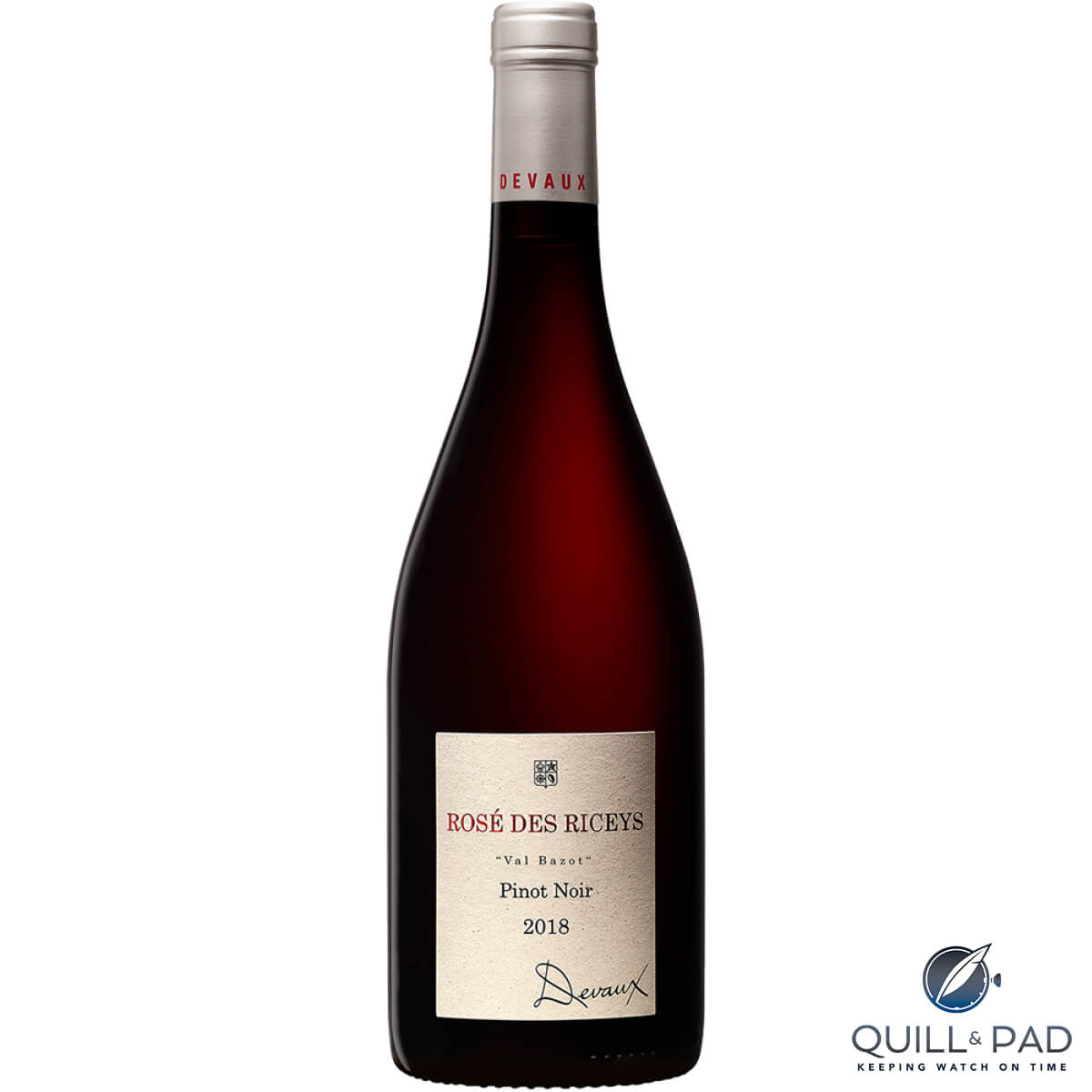
Champagne Devaux Rose des Riceys “Val Bazot” 2018
Rose des Riceys “Val Bazot” 2018 ($110) – I mentioned we would return our Rose producer. This wine, however, was not from them – in fact, as far as I can ascertain, they no longer exist, which is a bit tragic. Rose des Riceys, the only vineyard district in France that can go under three different AOCs, apparently only has ten producers left. Devaux is one of them. They produce two Roses from the appellation – this Val Bazot and also the Chanseux.
But first, our visit many years ago. We were welcomed to a small and obviously very old winery. Any hesitation we had soon disappeared in the face of the generosity and hospitality from our hosts. It was a fascinating visit, especially since neither of us had ever even heard of Rose des Riceys in those days. What utterly blew us away was the tasting. The winery, I believe, was called James France and I still have a few bottles in my cellar, now several decades old.
You may be thinking what on earth would possess anyone to put rose away for so many years and fair enough, but the tasting more than proved to us that these wines could age for many, many years. And the younger examples were delicious. Our tasting had gone back around twenty years and the wines seem to be getting better and better.
Sadly, it was at this stage, Guillame advised us that our time was up and we had to move on. Never have two blokes moaned more about having to go off and visit champagne producers. Our host had told us that he had examples of his Rose going back to 1900 and had the bottles standing by for us to try them. Guillame almost had to physically drag us to the car.
In fairness, we recovered very quickly when we arrived at the immaculate Devaux and the day just got better and better (aside from Guillame’s driving).
So the chance to see this appellation again was a delightful surprise as the production is miniscule. For example, Australia receives only 120 bottles of Devaux’s Rose des Riceys, so it is obvious that supplies are extremely limited.
Devaux use two single vineyards, Val Bazot and also Chanseux. The process of carbonic maceration is employed.
The color is a deep, vibrant orange/pink. There are notes of aniseed, spices, cherries, raspberries and star anise. The wine is supple, clean and lingering. The palate sees notes of orange rind and peaches. Very good length here. This is a cracking Rose. And yes, no reason why it won’t last many years in the cellar. 93.
For more information, please visit www.champagne-devaux.com/
You might also enjoy:
The Joy of Champagne II: an Incredible Tasting Session of Simply Superlative Champagnes
It’s ‘Champagne Day’ with Krug: Pop the Cork and Cheers!
Strange Laws in the World of Wine and Spirits: The Good, The Bad, and the Idiotic

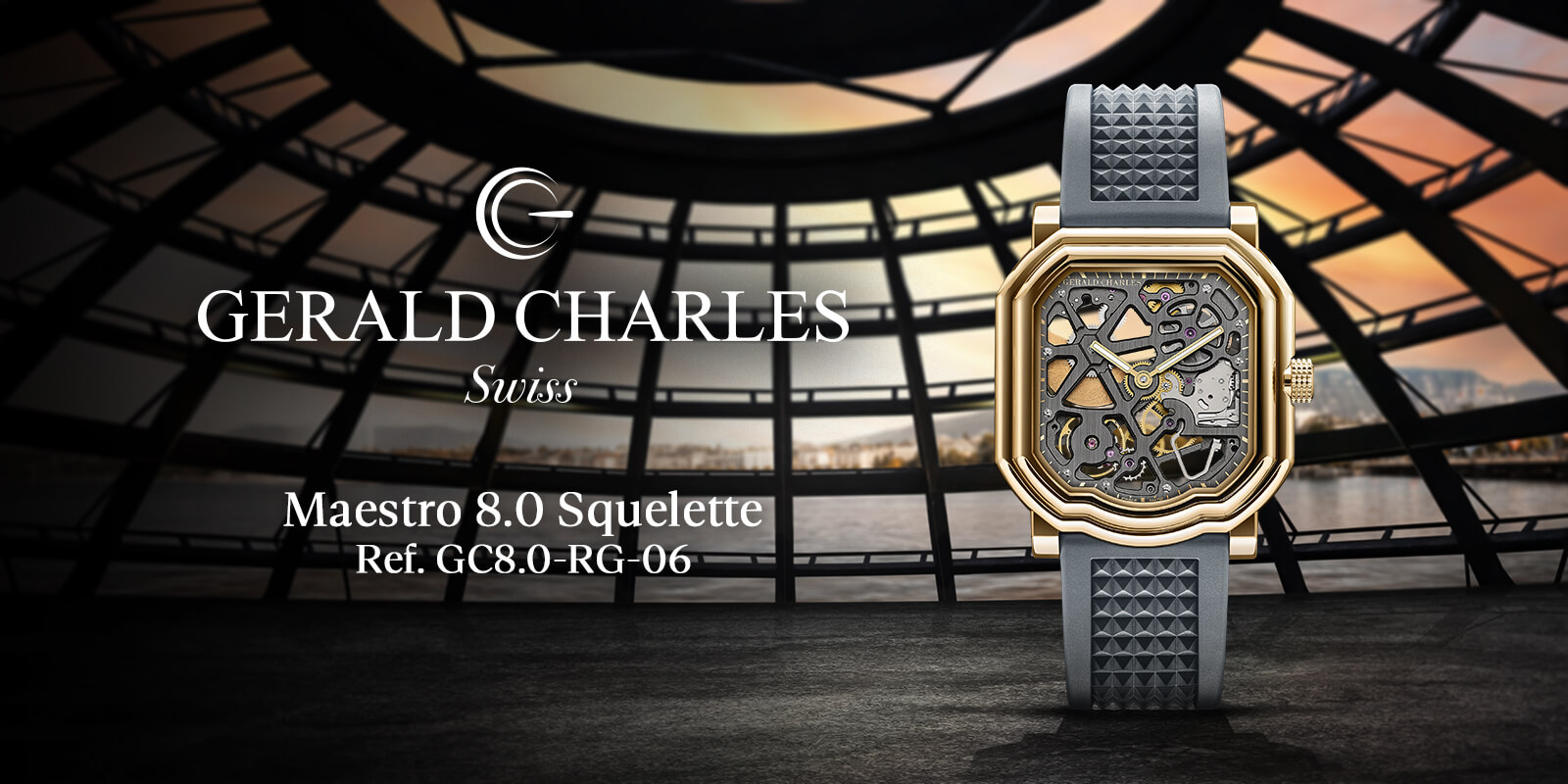
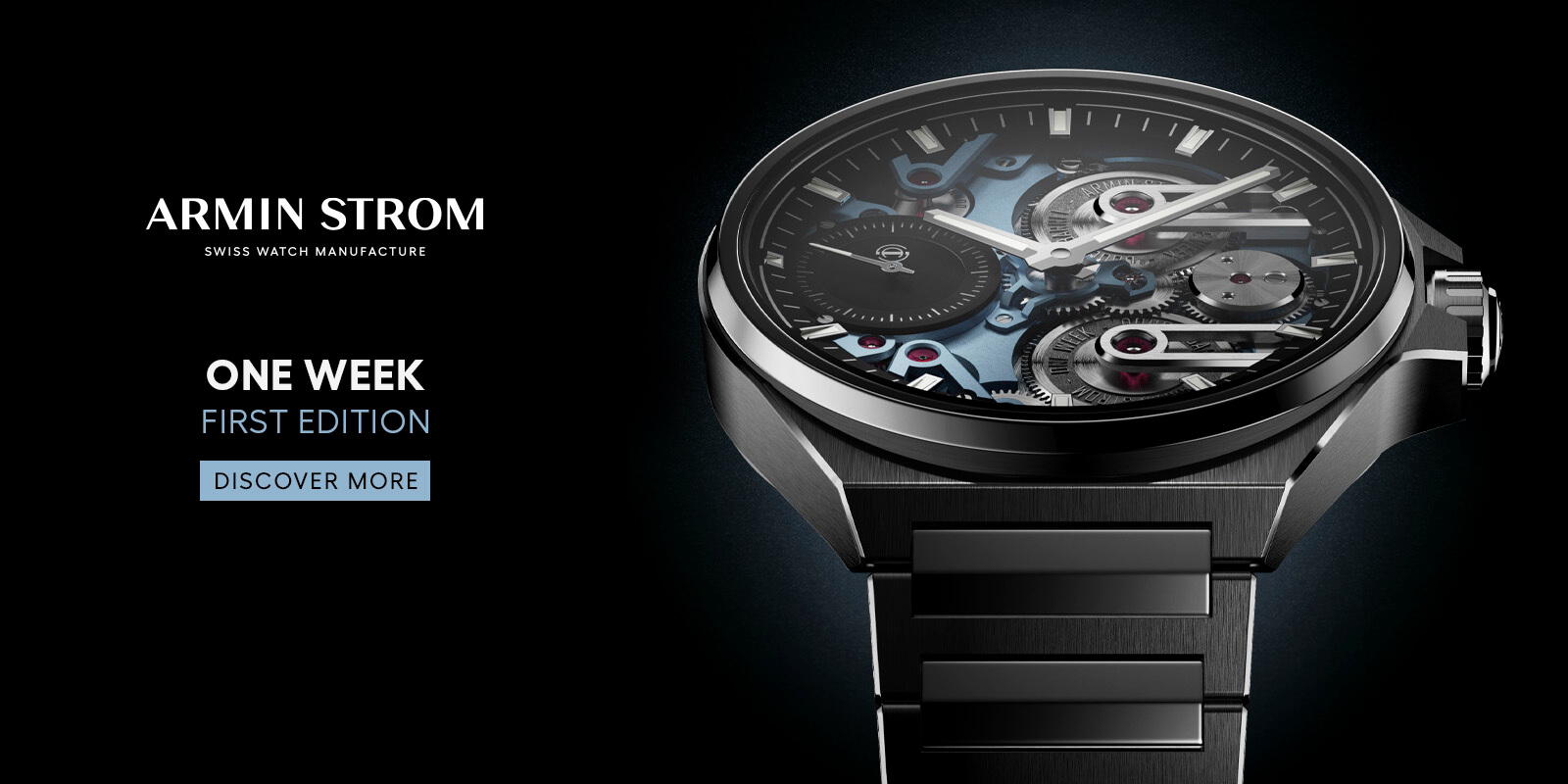
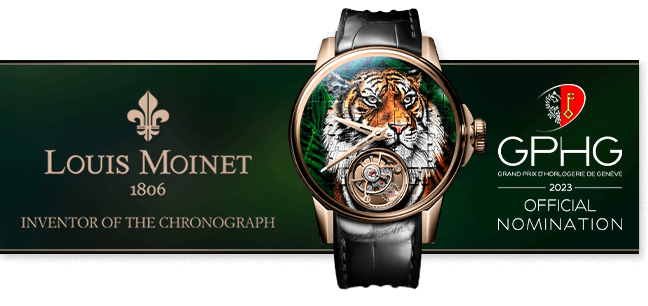
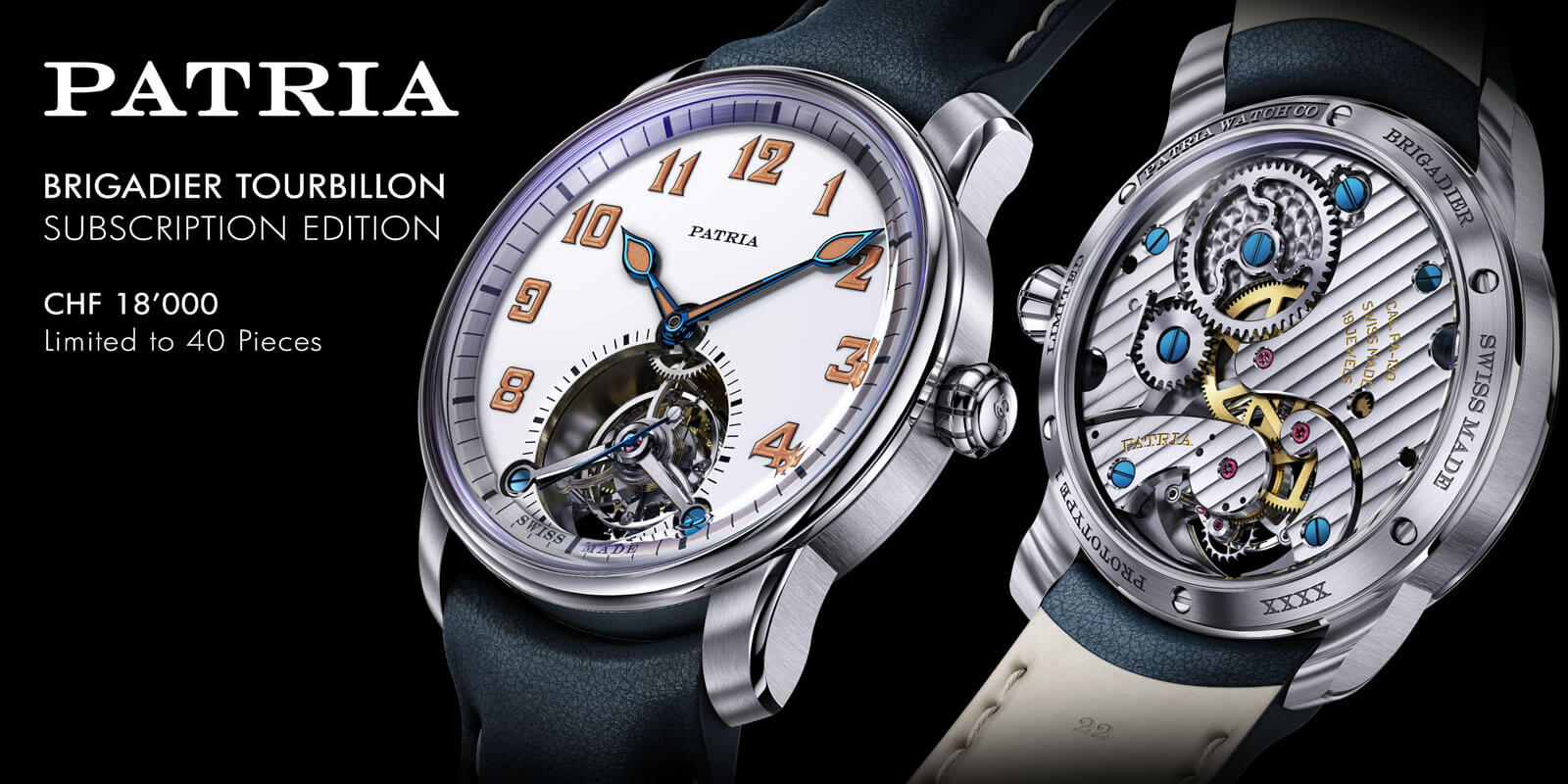


Leave a Reply
Want to join the discussion?Feel free to contribute!